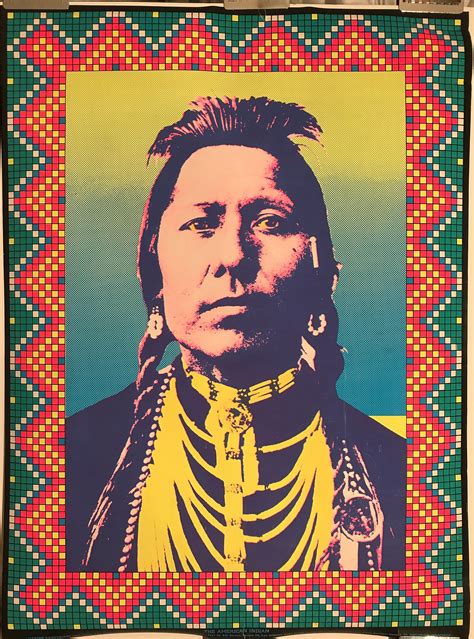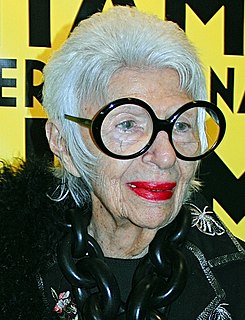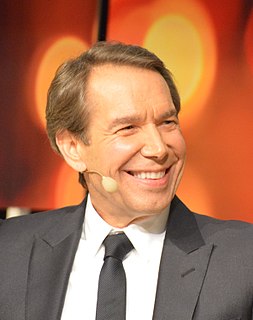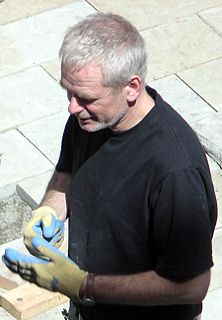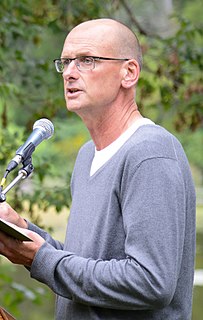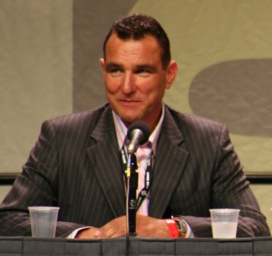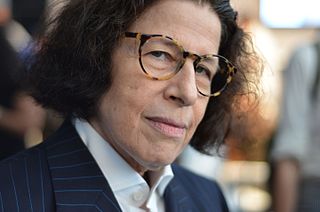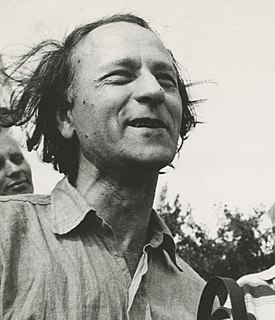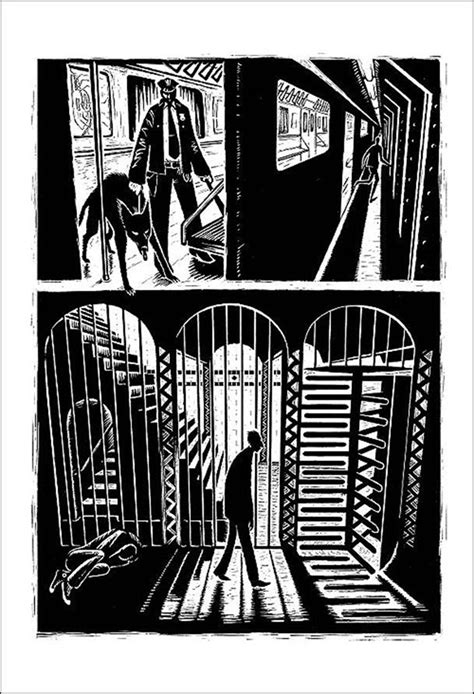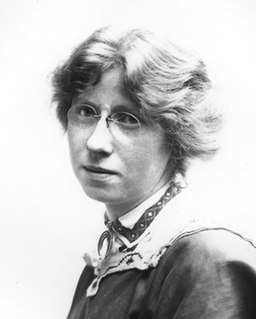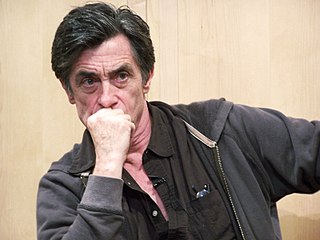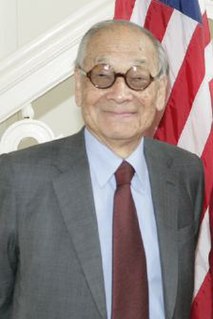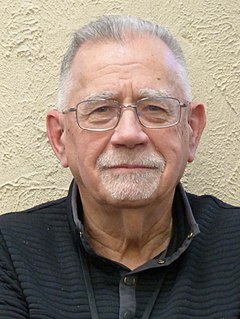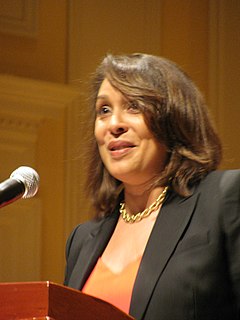A Quote by John Van Hamersveld
In 1970, I was turning 29 years old, just 4 years out of art school. I had created a black and white drawing style mascot portrait called 'Johnny.' I made a poster for it and sent it around the world to corporate art departments.
Related Quotes
When I was at art school, a lot of art education is about art being a means of self-expression, and as an 18-year-old I didn't know if I had a huge amount I wanted to express. It was a big moment when I decided I wanted to shift the emphasis or the intention of my art from something I disgorged myself upon and something that actually fed me or made me see the world or understand the world.
I myself saw the great works of Western civilization for the first time in my high school in Lithuania in bad black-and-white reproductions on miserable paper. That was, for many years, what art was for me. But from those miserable black-and-white reproductions, I got something, something unmistakable.
I can't turn around without hearing about some 'civil rights advance's White people seem to think the black man ought to be shouting 'hallelujah's Four hundred years the white man has had his foot-long knife in the black man's back — and now the white man starts to wiggle the knife out, maybe six inches! The black man's supposed to be grateful? Why, if the white man jerked the knife out, it's still going to leave a scar!
François Mitterrand was a student of architecture, he had done a lot of research before he called me. He said, "You did something special at the National Gallery of Art in Washington - you brought the new and the old together." But John Russell Pope finished the West Building in 1941, so when the East Building opened it was only about 40 years old. But the Louvre is 800 years old! A much bigger design challenge.
When I was at Disney and was a character art manager and handing out artwork that had to be inked we had a thing where if there was any lettering on it I'd hear, "I don't letter," and I said, "Look at it. It's drawing. Ink the drawing." I just learned from Mike Aarons how each letter was just part of the drawing.
In the early 1970s in Atlanta, I attended what had formerly been an all-white school but had become a black school after integration and white flight. Perhaps because of this, the teachers created a curriculum that included a focus on African American literature and history year-round, not just in February.
